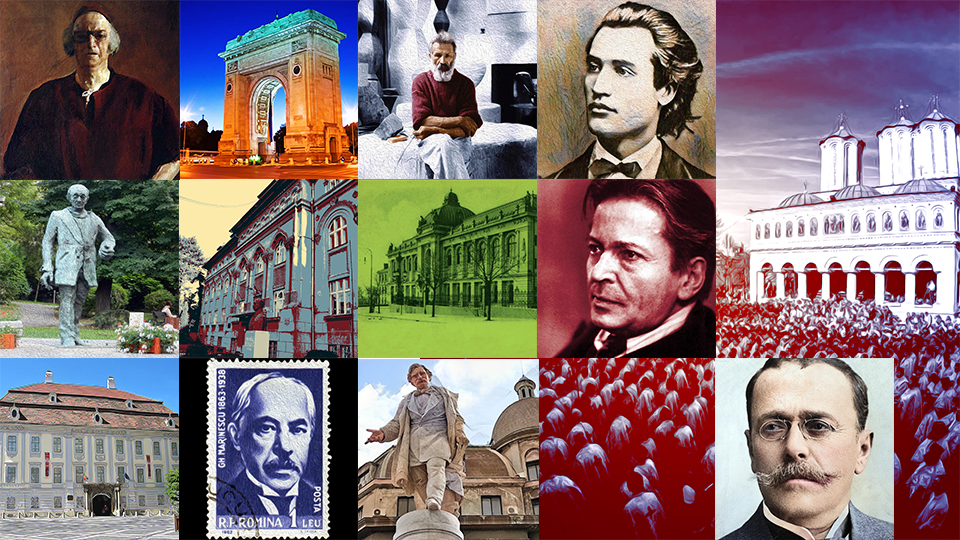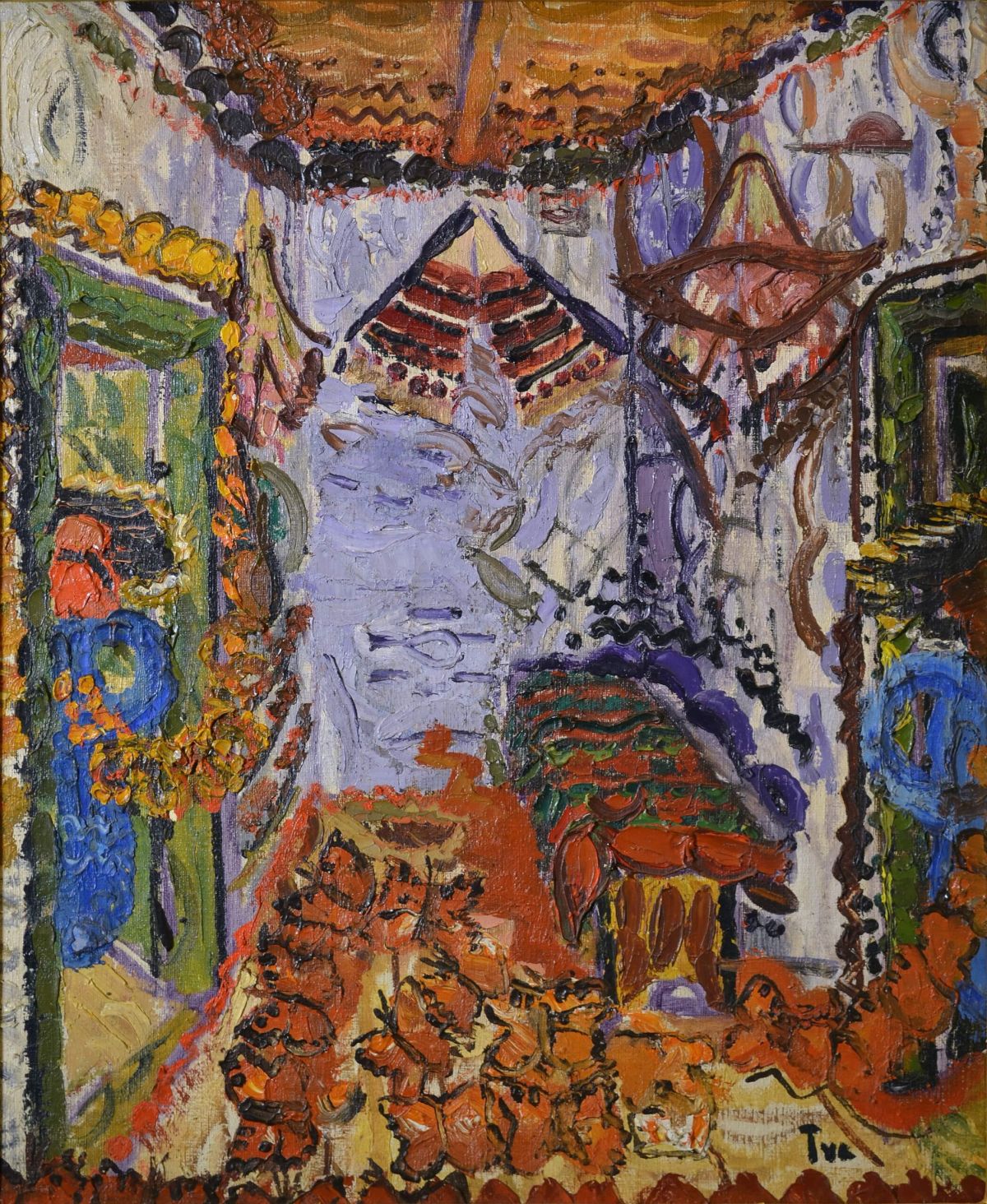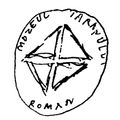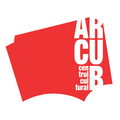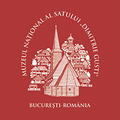Transylvania’s clock towers
Born in Romania to a Saxon father, but currently residing in Munich, Mihaela Kloos honours her roots and comforts her nostalgia by writing on her website, saxonstories.com. On this website, the culture and civilisation of Transylvanian Germans come to life. Today, Mihaela Kloos talks to us about the clock towers of fortified church towers and peasant city strongholds, most of which can be found Saxon towns. Equally beautiful as the towers that harbour them, some of these clocks are actually famous, such as the one in Sighisioara, but others are less known, such the one in Seleus. Mihaela Kloos
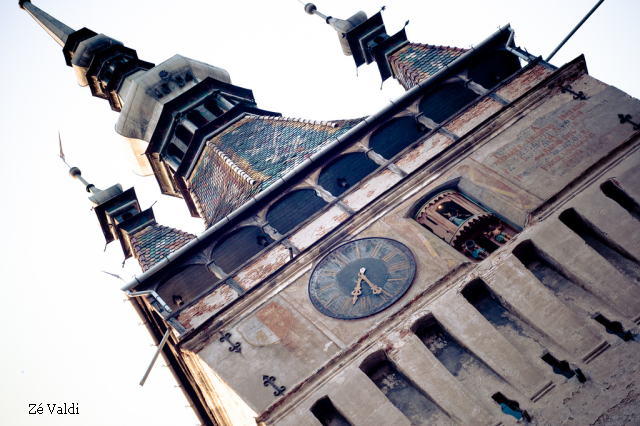
Christine Leșcu, 06.09.2014, 13:47
Born in Romania to a Saxon father, but currently residing in Munich, Mihaela Kloos honours her roots and comforts her nostalgia by writing on her website, saxonstories.com. On this website, the culture and civilisation of Transylvanian Germans come to life. Today, Mihaela Kloos talks to us about the clock towers of fortified church towers and peasant city strongholds, most of which can be found Saxon towns. Equally beautiful as the towers that harbour them, some of these clocks are actually famous, such as the one in Sighisioara, but others are less known, such the one in Seleus. Mihaela Kloos
“Seleus is a village in Mures County. It has a fortified church like many villages in Transylvania do. In Seleus the tower is typical for a peasant stronghold, because it has a big clock. Connected to the clock’s mechanism, there is a wooden doll with an interesting story. This is a characteristic of clock towers in Transylvania: many have statues and figurines that have beautiful legends. The doll in Seleus was recently replaced. The age of the previous one is unknown. The new doll was created by a craftsman from Medias. It has a height of 92 cm and an arm that starts the clock tower’s mechanism and rings the bell every hour.”
Around this area is Cisnadie, a town close to Sibiu. The town is home to Romania’s oldest clock tower, dating back to 1425. Mihaela Kloos says the clock is still operational.
“There is a clock tower in Medias, the one in the Evangelic Church Tower, about which not many people know that it actually leans at a bigger angle than the Tower in Pissa. It is currently undergoing restoration works. The fact that it is leaning is either due to the builders or to the terrain. There are many hypotheses behind this phenomenon, but the fact remains that the tower keeps leaning. The clock is also a town symbol. It was put up in 1880 at the highest level of the tower. Apart from the time, it also shows the moon’s fazes. It also has a statue, which is a copy of an older figurine that can be found at the Municipal Museum. The statue is called Ture Pitz, a symbolic guardian of the clock and the tower. ”
But the most famous clock in Transylvania is, of course, the one in Sighisioara, the impressive medieval stronghold in central Romania. Mihaela Kroos:
“This clock tower, dating as far back as 1648, is 64 meters tall and was manufactured in Switzerland. Its famous figurines are made of linden wood and were carefully handcrafted by Johann Kirschel. The statues symbolise the gods Mars, Mercury, Jupiter, Saturn, the Moon and the Sun, from which the names of the days of the week come from. On the other side of the disc are shown Justice and Righteousness. Therefore, on a symbolic level, the values of the community are crafted on the clock. The current mechanism is relatively new, also made in Switzerland and was installed in the tower in 1906 and modernised in 1964. It has a beautiful legend, according to which a giant put a golden globe on the top of the Sighisioara tower, above the clock. The giant said that only a person as tall as him would be able to get the globe, and until now no one has been capable of doing that.”
Although the clock towers mentioned earlier are still working, some Saxon clocks are now too old and have stopped working. Sadly, the clockmakers who knew their secrets are also fewer and fewer.

